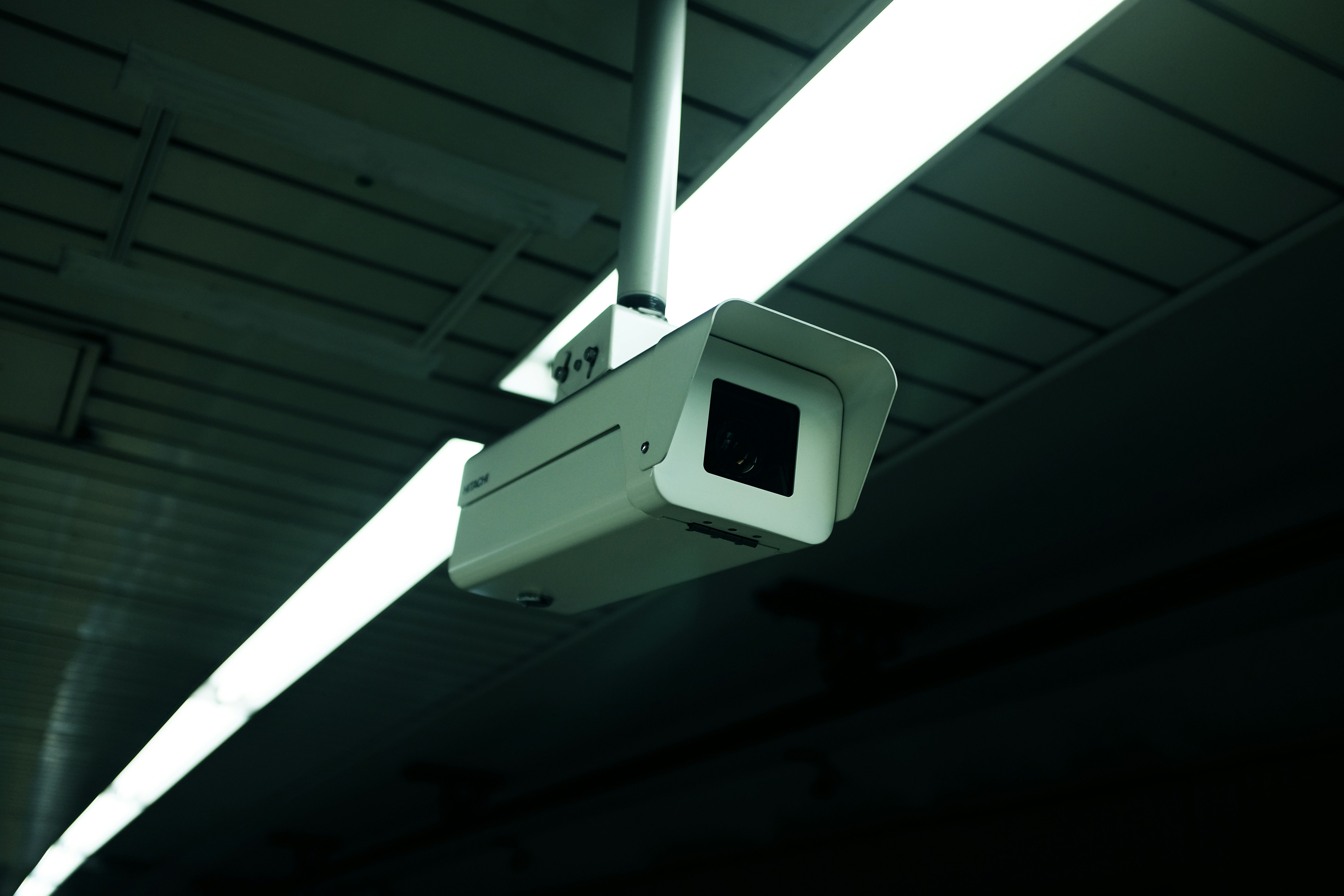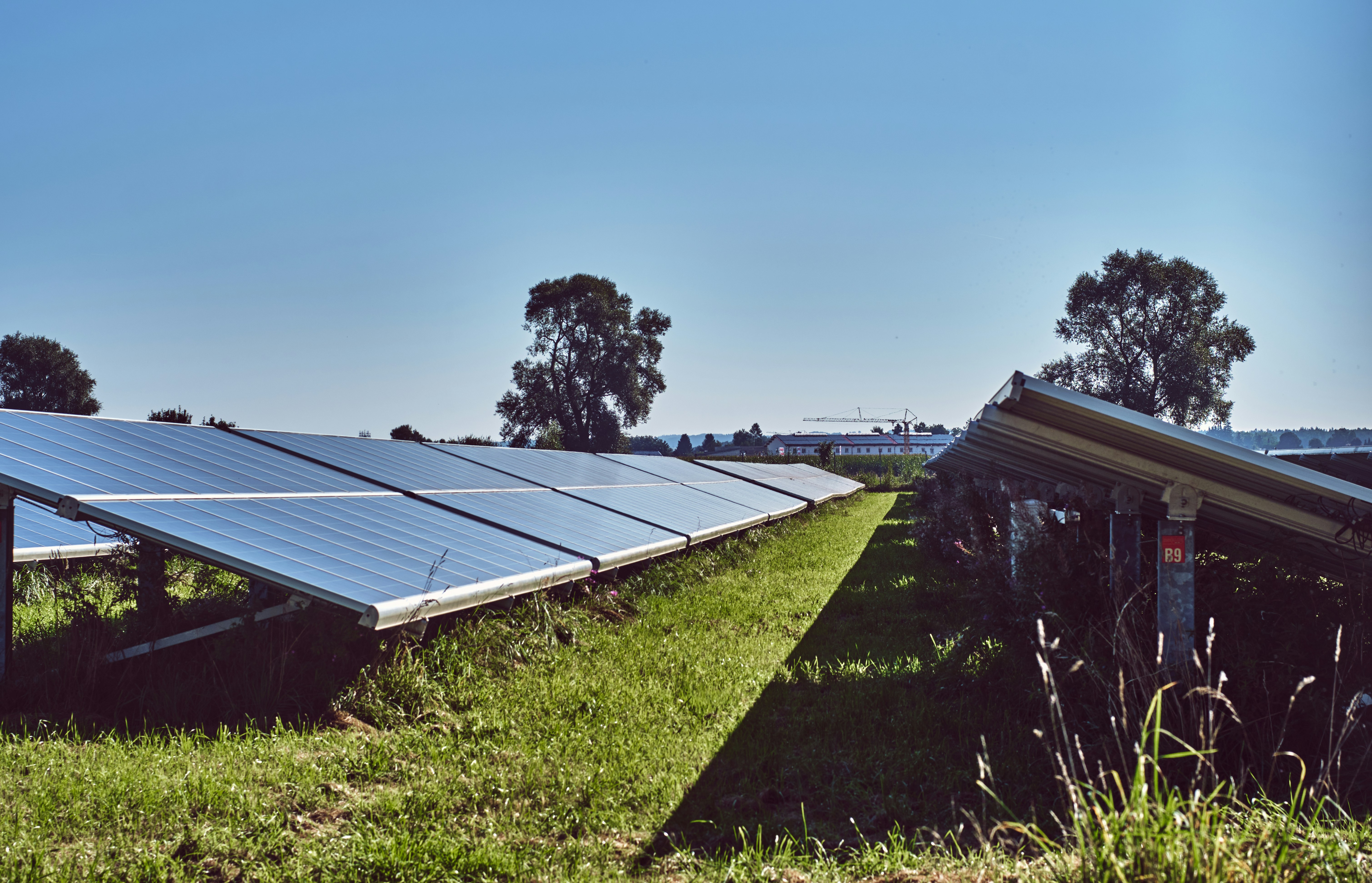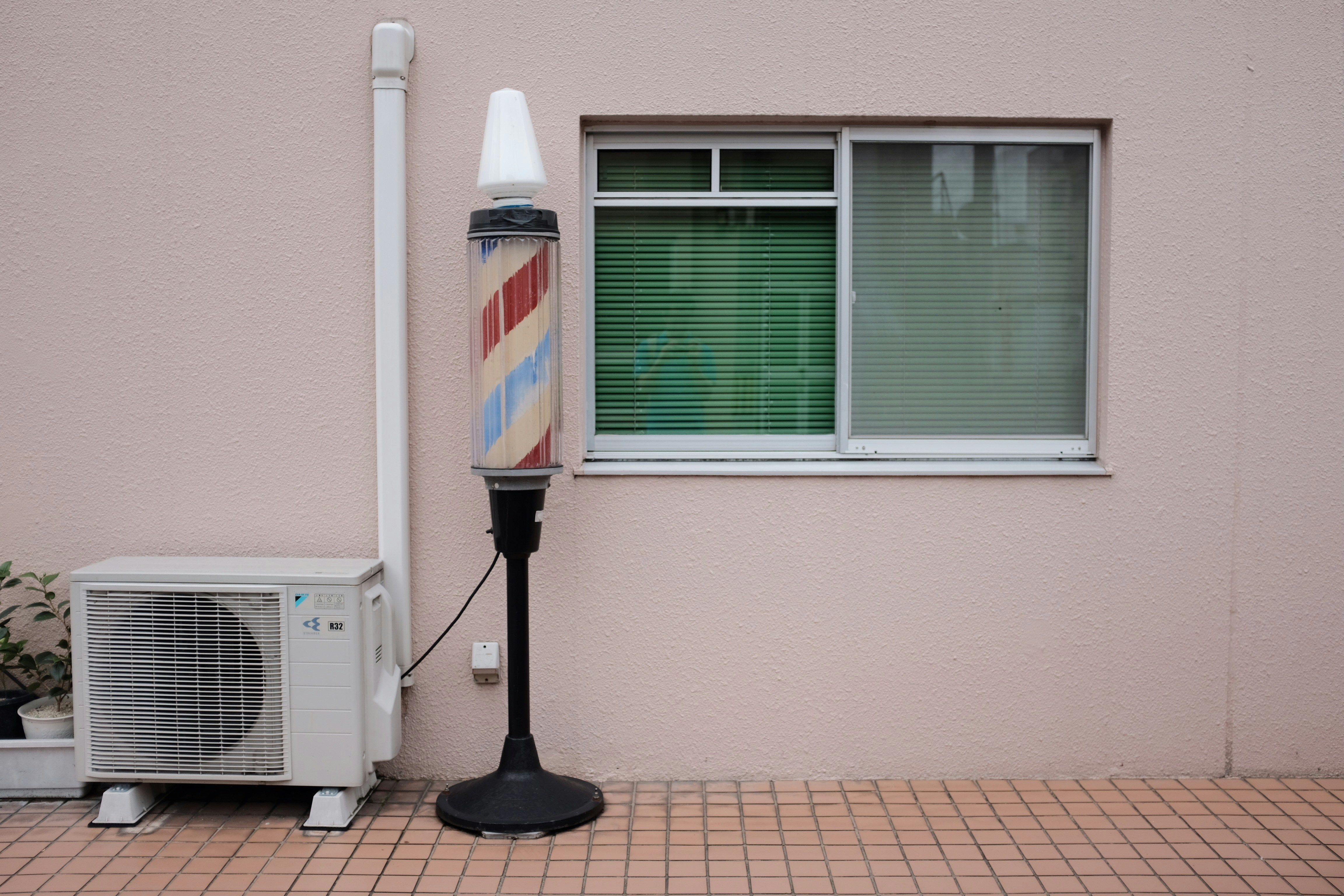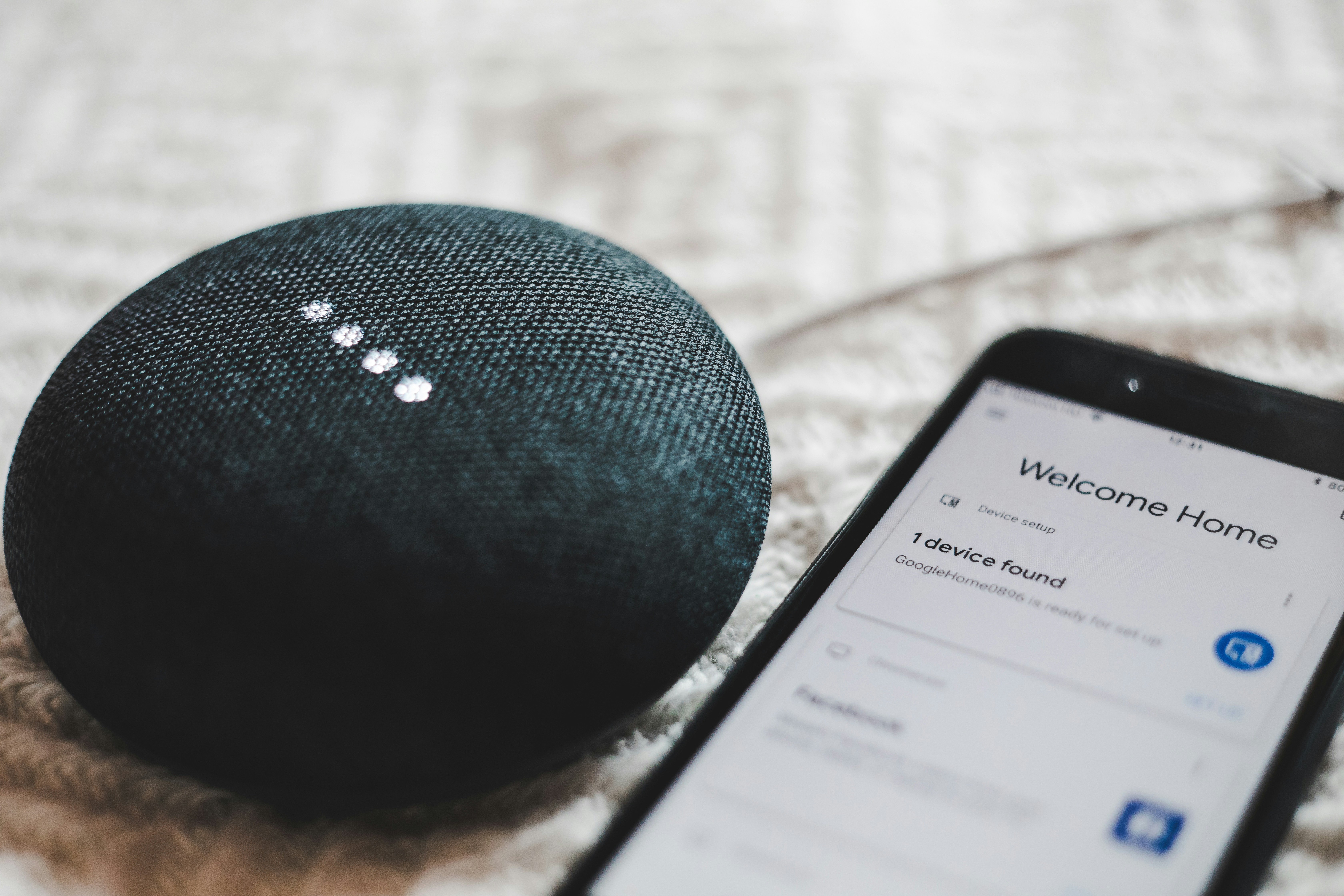
CCTV Basics: An Overview of Key Componen...

Fixr Technologies
January 20, 2025
3 mins
Introduction
In an era where sustainable living is more important than ever, solar power has emerged as a reliable and eco-friendly solution to our energy needs. Harnessing the power of the sun not only reduces electricity bills but also minimizes your carbon footprint. As a solar expert, I’m here to guide you through the basics of solar power and help you get started on your journey towards a greener future.
Body
1. Understanding Solar Power
Solar power is generated by converting sunlight into electricity using photovoltaic (PV) panels. These panels are typically installed on rooftops or open spaces where they can capture the maximum amount of sunlight. The electricity produced can be used to power your home, stored in batteries for later use, or even fed back into the grid.
2. Key Components of a Solar Power System
To set up a solar power system, you’ll need the following key components:
- Solar Panels: The main component that captures sunlight and converts it into electricity.
- Inverter: Converts the direct current (DC) produced by the solar panels into alternating current (AC), which is used by most home appliances.
- Battery Storage (optional): Stores excess electricity generated during the day for use at night or during cloudy days.
- Mounting System: Secures the solar panels to your roof or ground.
- Monitoring System: Tracks the performance and output of your solar power system.
- Cables: There are different types of cables for different purposes. These help to connect different components to have an integrated system.
3. Calculating the Size of the Inverter
The size of the inverter you need depends on the total power consumption of your appliances. Here’s a simple way to calculate it:
- Step 1: List all the appliances you intend to power with the solar system.
- Step 2: Note the power rating (in watts) of each appliance. This information is usually found on the appliance label.
- Step 3: Estimate the total usage time for each appliance per day.
- Step 4: Calculate the total energy consumption in watt-hours (Wh) by multiplying the power rating by the usage time for each appliance.
- Step 5: Add up the total energy consumption for all appliances to get your daily energy requirement in watt-hours.
- Step 6: Choose an inverter that can handle at least the total wattage of your appliances, with some extra capacity for future needs.
Example Calculation:
- TV: 100W, 5 hours per day = 500 Wh
- Refrigerator: 200W, 10 hours per day = 2000 Wh
- Lights: 10W each, 6 lights, 4 hours per day = 240 Wh
- Total daily consumption = 500 + 2000 + 240 = 2740 Wh (2.74 kWh)
In this example, you’d need an inverter with a capacity of at least 3000W (3 kW) to comfortably handle your energy needs.
Conclusion
Solar power is an incredible way to harness renewable energy, reduce your electricity bills, and contribute to a sustainable future. By understanding the basics and calculating the right size for your inverter, you can set up an efficient and effective solar power system.
For the best and most affordable solar installation and maintenance services, contact Fixr. The tteam of certified professionals will ensure you get the reliable solar solution you deserve.
Contact Fixr:
Website: www.usefixr.com
Social media: @usefixr
Take the first step towards a greener future today with expert services from Fixr.

CCTV Basics: An Overview of Key Componen...

10 Common Heating, Ventilation, and Air ...

Smart Home 101: Where to Begin Your Auto...
Fixr Technologies 2025